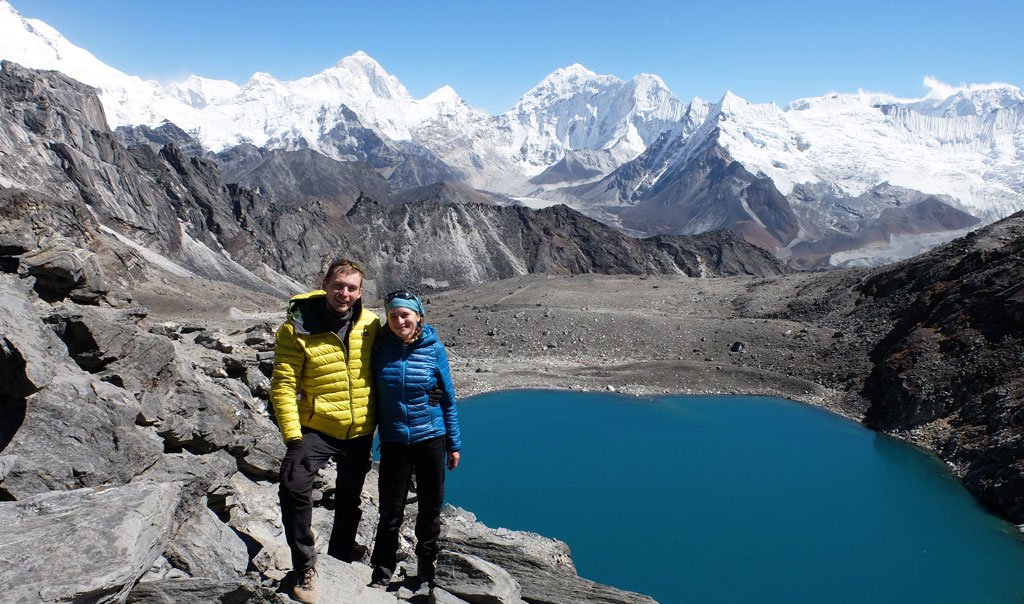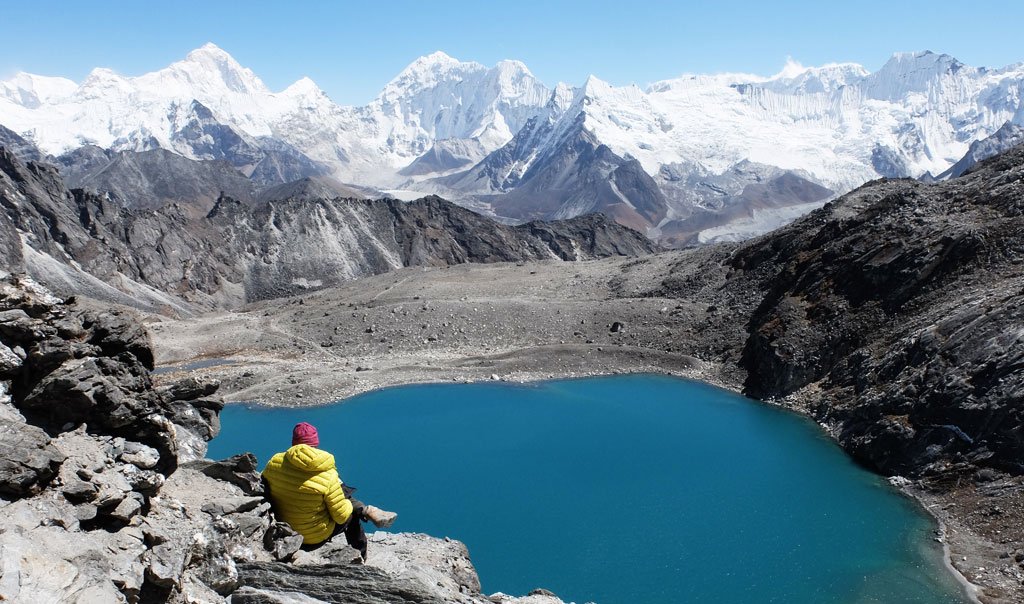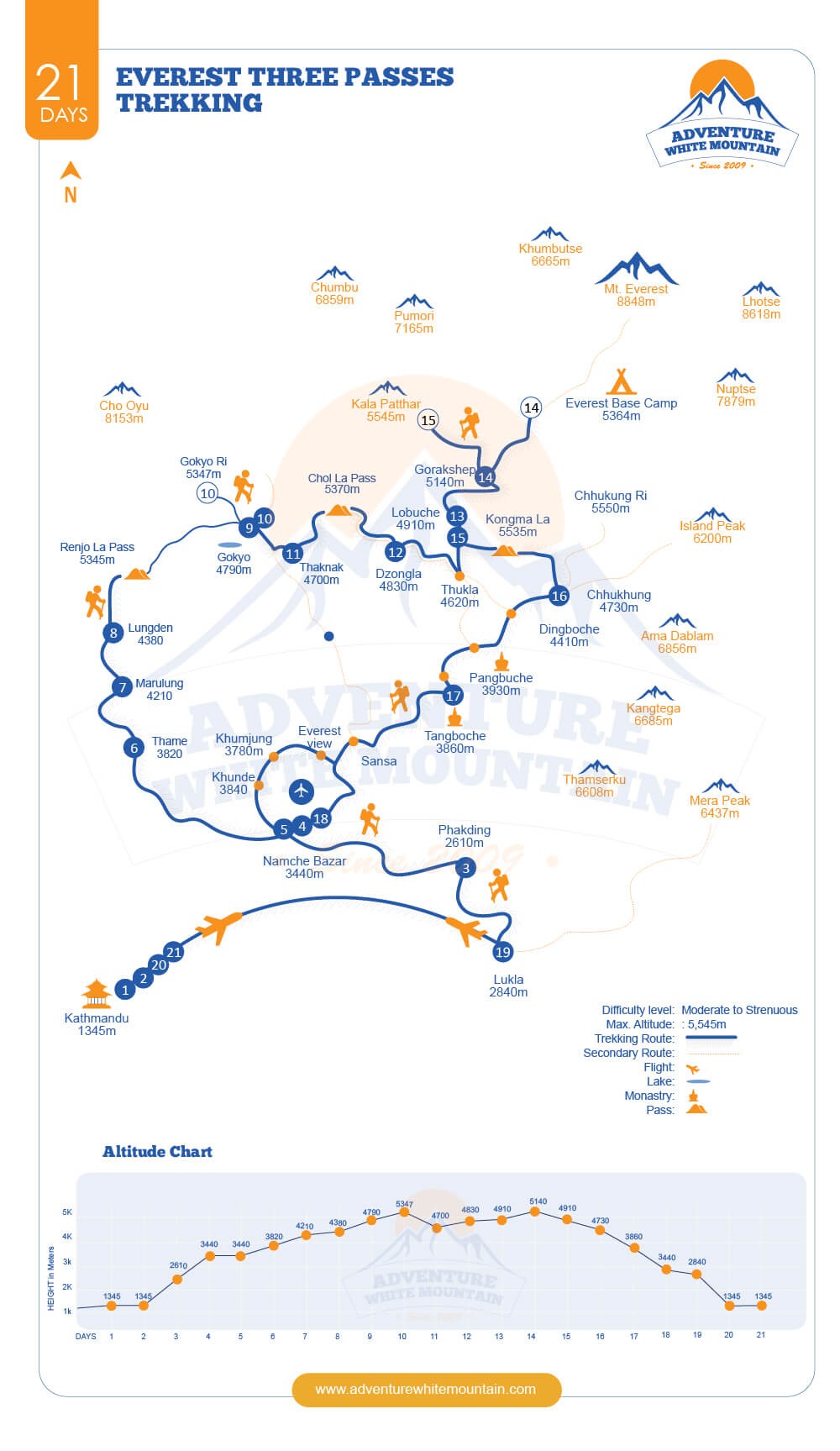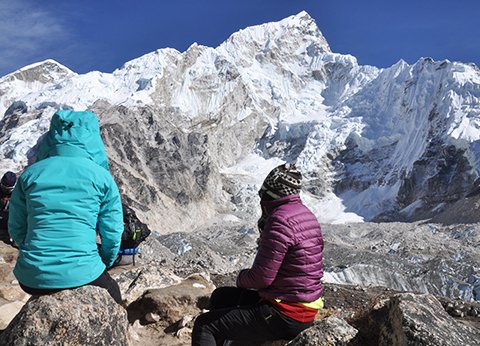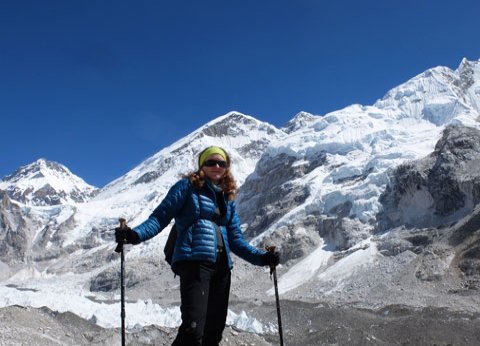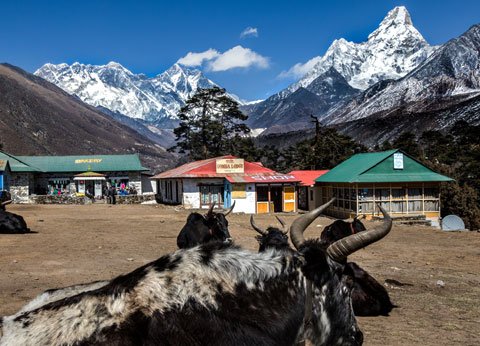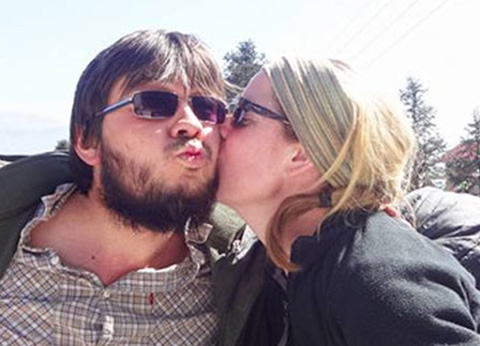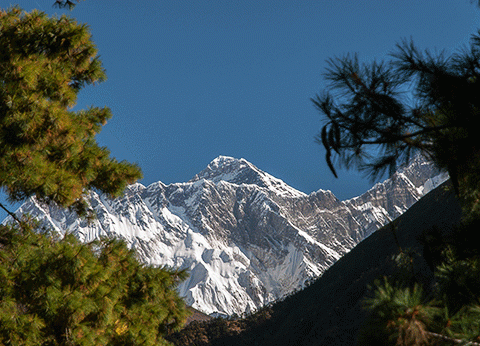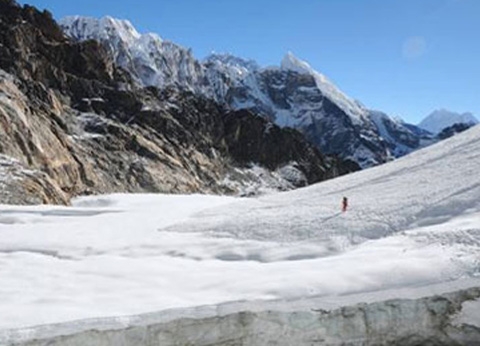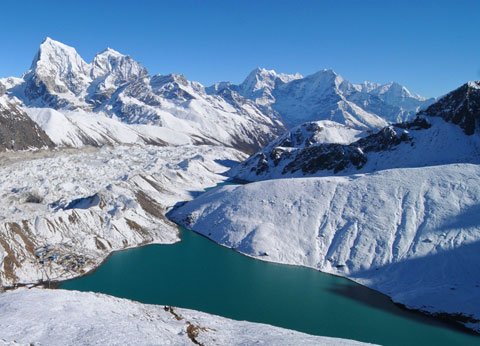About Everest Three Passes Trek
Everest Three High Passes Trek takes you beyond the usual Everest Base Camp Trek into stunning Gokyo Valley and crosses three high passes- Kongma La (5,550 m), Renjo La (5,360 m), and Cho La (5,420 m). Everest Base Camp & Three High Passes Trek in Nepal is a perfect trek for adventure lovers who love challenges and looking to push their limits. This trek crosses three high passes of the Khumbu region, explores fine mountain villages, Everest Base Camp (5,364 m), Gokyo Lakes (4,700 m-5,000 m), and ascends to Kala Patthar (5,643 m).
Everest 3 high passes trek is the ultimate venture in the Khumbu region. The Everest High Passes Trek is no doubt insanely adventurous and strenuous. No room for new trekkers. Furthermore, you cannot do three passes trek solo. It's way too risky.
The trail winds from the lush forests of the Sagarmatha National Park to the alpine zone. You will pass by beautiful waterfalls and streams, crossing several suspension bridges and remote mountain villages. While staying overnight in the different villages, get to see the lifestyle and culture of the locals. Stop by ancient monasteries and stupas along the way.
Likewise, fluttering prayer flags and vibrant prayer wheels will become a constant blessing for a safe and successful venture of the trekkers. Along the Everest Three High Passes Trek route, you will get to see a never-ending sensation landscape and giant Himalayan mountains all around you.
We organize tailor-made Three High Passes Trek as well. You can also do Three Passes Trek Nepal on budget. Get in touch with us to book the trek. For more information about the route, you can also check our Everest Three Passes Trek map.
Why go on Everest Three High Passes Trek with Adventure White Mountain?
With Adventure White Mountain Trek, you will be trekking with a team of active trekkers and climbers who have successfully led numerous groups to the Three high passes trek. Not only do we practice sustainable and eco-friendly trekking, but give back to mountain communities during the venture too. Our experienced Sherpa guides will accompany you throughout the trek, help you cross strenuous sections, and introduce you to the locals.


